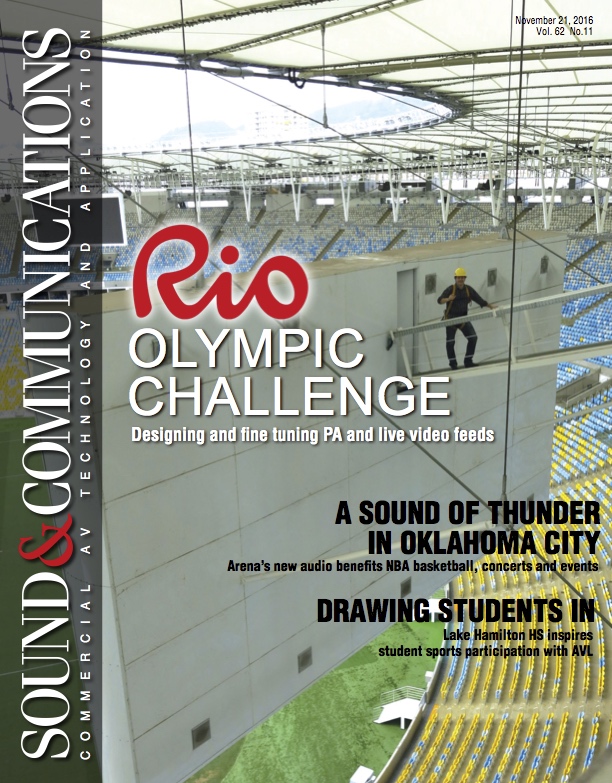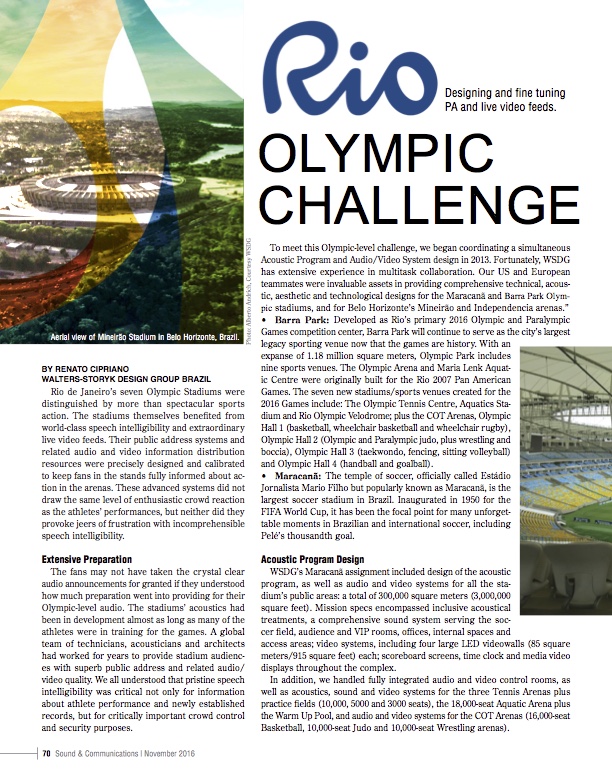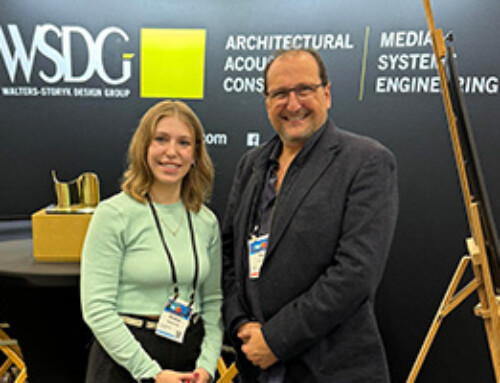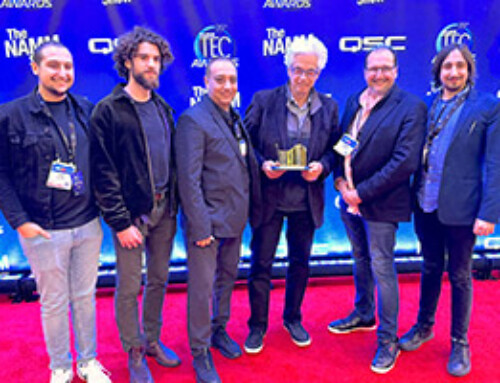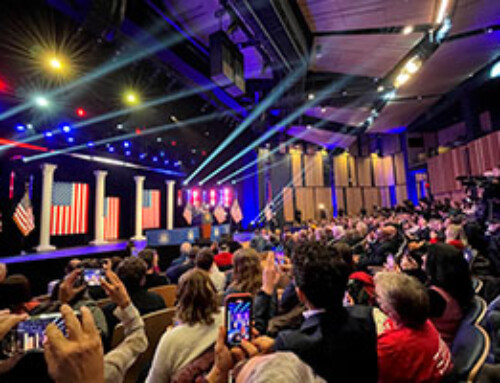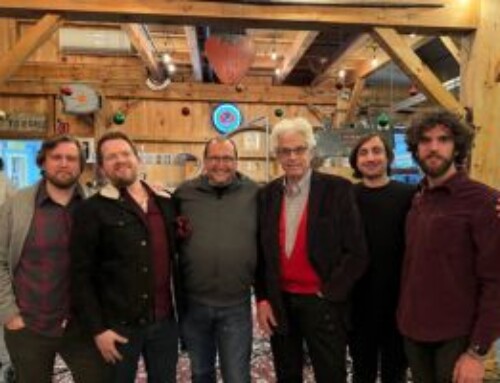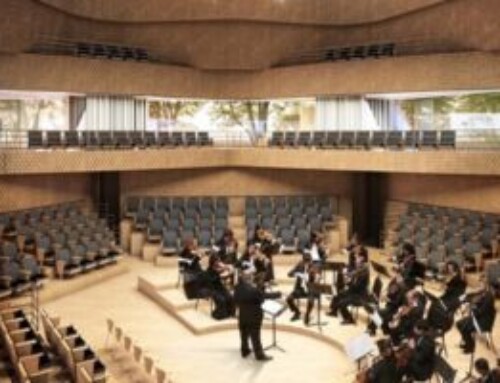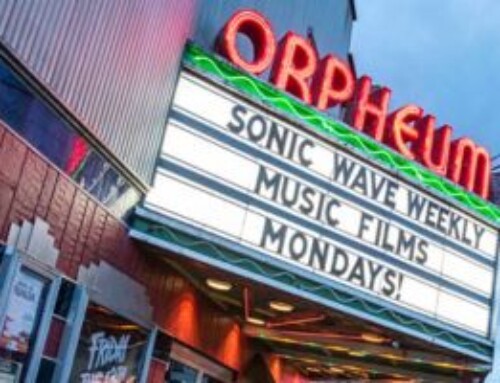Click Here to View the Whole Article (PDF – 2 mb) or Read the Digital Version below
The lead up to the 2016 Rio Olympics saw the creation of several new athletic venues in Rio de Janeiro, in addition to the renovation of several others. These new and renovated arenas also included a huge amount of Olympic-caliber AV, much of which was designed by WSDG (Walters-Storyk Design Group) Brazil. We take an in-depth look at the AV behind the fan experience at these Olympic venues.
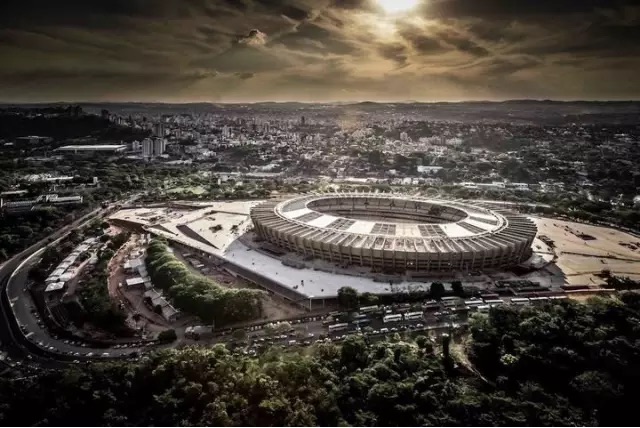
By Renato Cipriano
Rio de Janeiro’s seven Olympic Stadiums were distinguished by more than spectacular sports action. The stadiums themselves benefited from world-class speech intelligibility and extraordinary live video feeds. Their public address systems and related audio and video information distribution resources were precisely designed and calibrated to keep fans in the stands fully informed about action in the arenas. These advanced systems did not draw the same level of enthusiastic crowd reaction as the athletes’ performances, but neither did they provoke jeers of frustration with incomprehensible speech intelligibility.
Extensive Preparation
The fans may not have taken the crystal clear audio announcements for granted if they understood how much preparation went into providing for their Olympic-level audio. The stadiums’ acoustics had been in development almost as long as many of the athletes were in training for the games. A global team of technicians, acousticians and architects had worked for years to provide stadium audiences with superb public address and related audio/video quality. We all understood that pristine speech intelligibility was critical not only for information about athlete performance and newly established records, but for critically important crowd control and security purposes.
To meet this Olympic-level challenge, we began coordinating a simultaneous Acoustic Program and Audio/Video System design in 2013. Fortunately, WSDG has extensive experience in multitask collaboration. Our US and European teammates were invaluable assets in providing comprehensive technical, acoustic, aesthetic and technological designs for the Maracanã and Barra Park Olympic stadiums, and for Belo Horizonte’s Mineirão and Independencia arenas.”
Barra Park
Developed as Rio’s primary 2016 Olympic and Paralympic Games competition center, Barra Park will continue to serve as the city’s largest legacy sporting venue now that the games are history. With an expanse of 1.18 million square meters, Olympic Park includes nine sports venues. The Olympic Arena and Maria Lenk Aquatic Centre were originally built for the Rio 2007 Pan American Games. The seven new stadiums/sports venues created for the 2016 Games include: The Olympic Tennis Centre, Aquatics Stadium and Rio Olympic Velodrome; plus the COT Arenas, Olympic Hall 1 (basketball, wheelchair basketball and wheelchair rugby), Olympic Hall 2 (Olympic and Paralympic judo, plus wrestling and boccia), Olympic Hall 3 (taekwondo, fencing, sitting volleyball) and Olympic Hall 4 (handball and goalball).
Maracanã
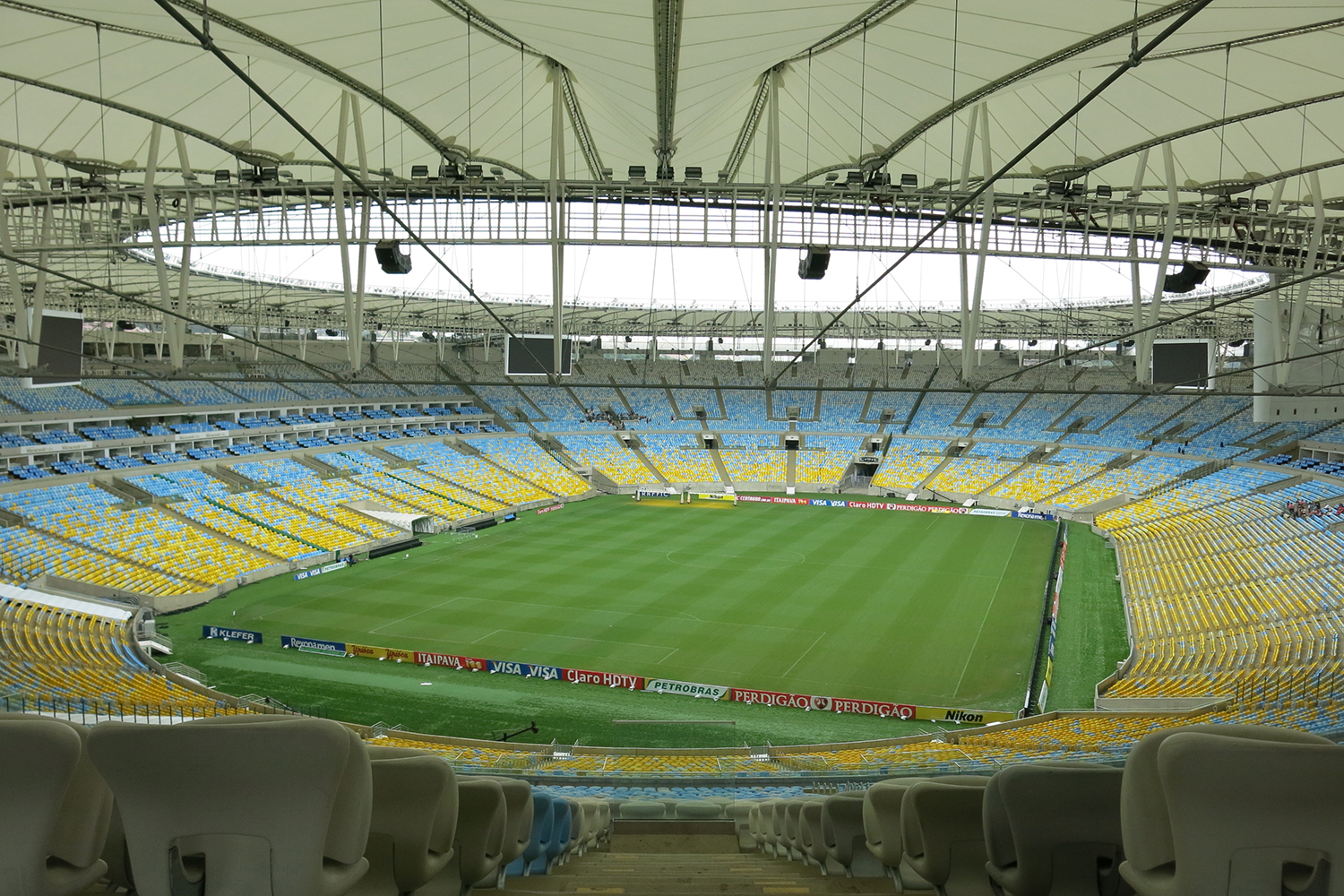
Maracanã Stadium featured a gamut of audio and video technology.
The temple of soccer, officially called Estádio Jornalista Mario Filho but popularly known as Maracanã, is the largest soccer stadium in Brazil. Inaugurated in 1950 for the FIFA World Cup, it has been the focal point for many unforgettable moments in Brazilian and international soccer, including Pelé’s thousandth goal.
Acoustic Program Design
WSDG’s Maracanã assignment included design of the acoustic program, as well as audio and video systems for all the stadium’s public areas: a total of 300,000 square meters (3,000,000 square feet). Mission specs encompassed inclusive acoustical treatments, a comprehensive sound system serving the soccer field, audience and VIP rooms, offices, internal spaces and access areas; video systems, including four large LED videowalls (85 square meters/915 square feet) each; scoreboard screens, time clock and media video displays throughout the complex.
In addition, we handled fully integrated audio and video control rooms, as well as acoustics, sound and video systems for the three Tennis Arenas plus practice fields (10,000, 5000 and 3000 seats), the 18,000-seat Aquatic Arena plus the Warm Up Pool, and audio and video systems for the COT Arenas (16,000-seat Basketball, 10,000-seat Judo and 10,000-seat Wrestling arenas).
Mineirão
Originally built in 1965, the 62,1601-seat Mineirão Stadium, Brazil’s second largest sports arena, was designed to generate benefits long after the 2016 Olympics. Brazilian officials clearly recognized the need for a significant audio/video and acoustics upgrade to enable the 51-year-old complex to comply with FIFA technical requirements. Every conceivable opportunity to upgrade the system was explored.
Our primary Mineirão concerns focused on the level of sound comfort and intelligibility in relation to RT60 reverberation time. We engaged sophisticated proprietary simulation programs to assess and “auralize” the entire complex. We identified extensive sound reflections throughout the arena and concluded that acoustical absorption was required at the inner ring of the audience sector to achieve the required STI values.
Speaker positioning was defined for the internal and external areas and for numerous zoning maps that can now be individually controlled for increased flexibility and security purposes.
Multiple Standards
All audio and video systems, and control room speaker selections, were designed to meet FIFA, international security and Olympics Committee standards. We also recommended incorporating a videowall instead of a traditional scoreboard.
Basel, Switzerland-based WSDG Europe Partner/GM Dirk Noy and Partner/Director of Acoustics Gabriel Hauser led the team that performed extensive acoustical simulations to ensure optimal stadium speech intelligibility. Noy explained that this is a three-step procedure. In step one, each individual space must be translated from architectural information (e.g., drawings and measured dimensions) into a three-dimensional digital model. In step two, the model is fitted with acoustical surfaces. Basically, every surface of the model (walls, floor, windows, ceiling, furniture, curtains, etc.) has to be assigned specific acoustical properties. In step three, the “virtual” acoustical measurements are introduced into the model, where they are precisely assessed. The resulting findings are then applied to correct or modify any (absorptive or reflective) acoustical issue.
Video Upgrades
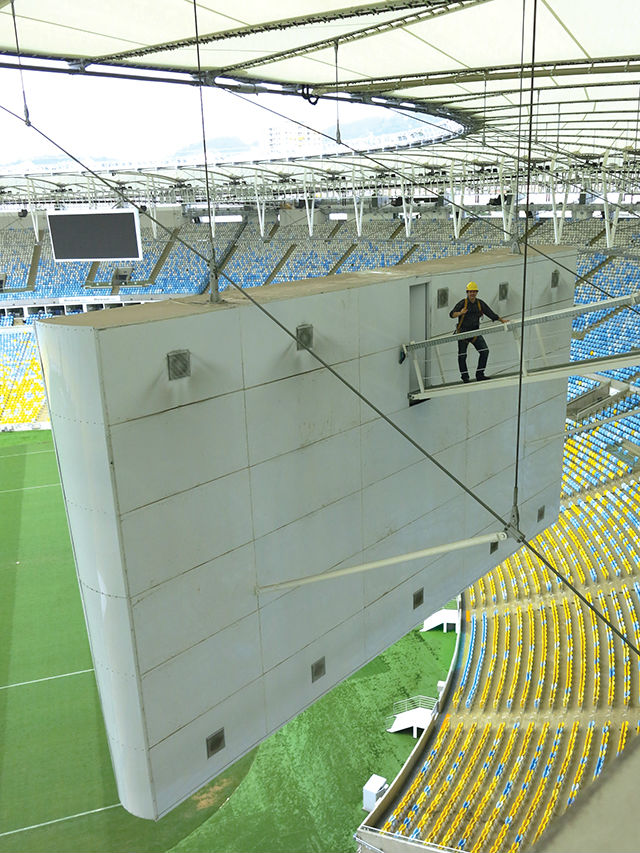
The author, pictured on the ramp leading to one of four large LED videowalls created for the 2016 Olympic Games in Rio’s Maracanã Stadium.
WSDG also coordinated extensive audio and video upgrades for Brazil’s largest sports venue, the Maracanã Stadium, which hosted 250,000 fans for a KISS concert in 1983; the company also handled upgrades for Independencia, a 25,000-seat arena built in Belo Horizonte in 1950. All three stadiums had hosted events for the 2014 World Cup. Maracanã hosted the opening and closing events of the 2016 Olympics.
Luiz Kruszielski, Audio Producer of TV Globo, was onsite throughout the Olympics. Describing his experience with the public address system, he remarked, “The music during the intervals between matches had a good sound pressure and was well balanced, resulting in an overall pleasant sound. During the fencing match finals at Arena Carioca 3, the referee used a headset microphone that fed directly into the PA system. His comments were clear and fully intelligible, even when the crowd was cheering.”
Fortunately, there were no crowd control or emergency issues at any of the venues. However, great care was taken to make all public address announcements fully intelligible to everyone.


